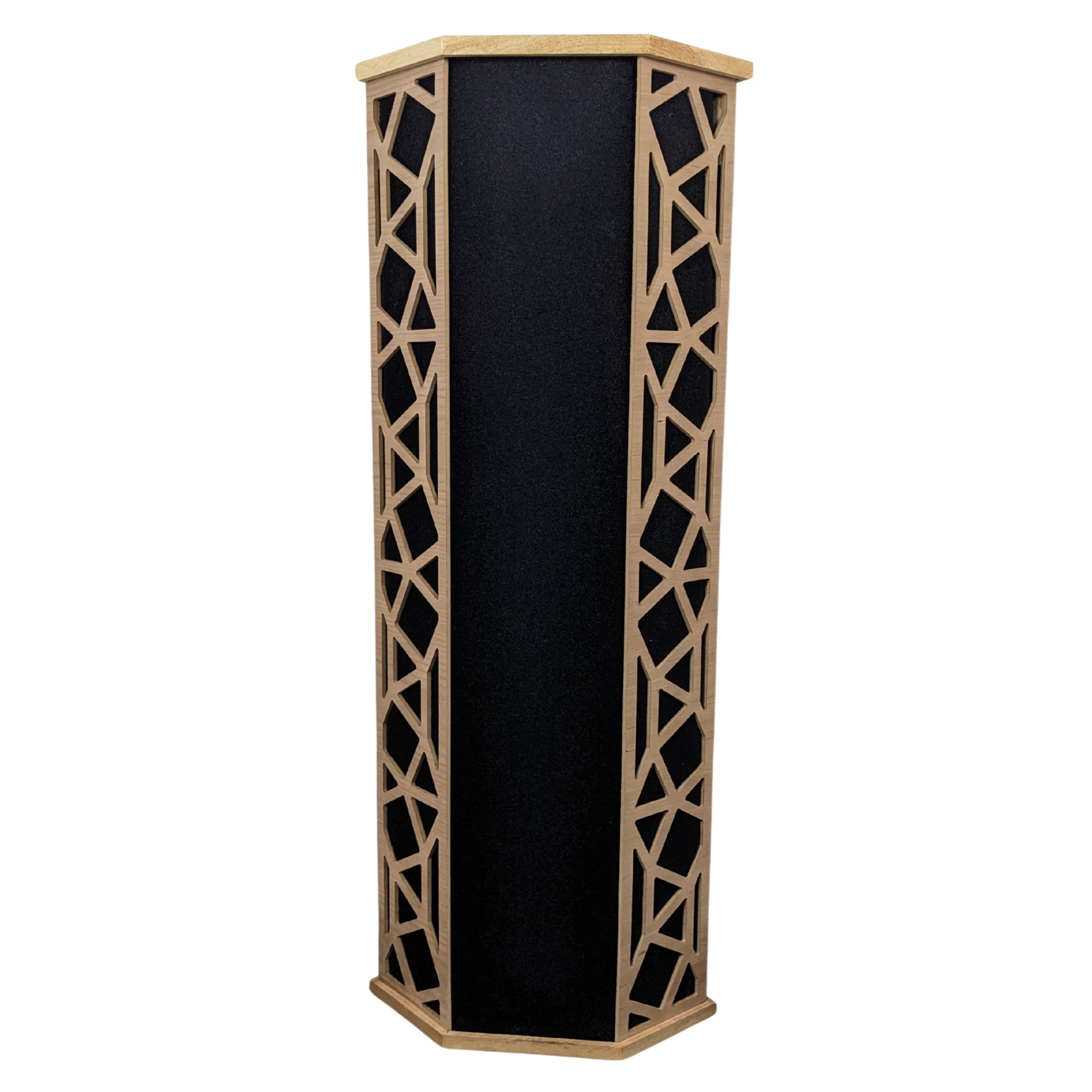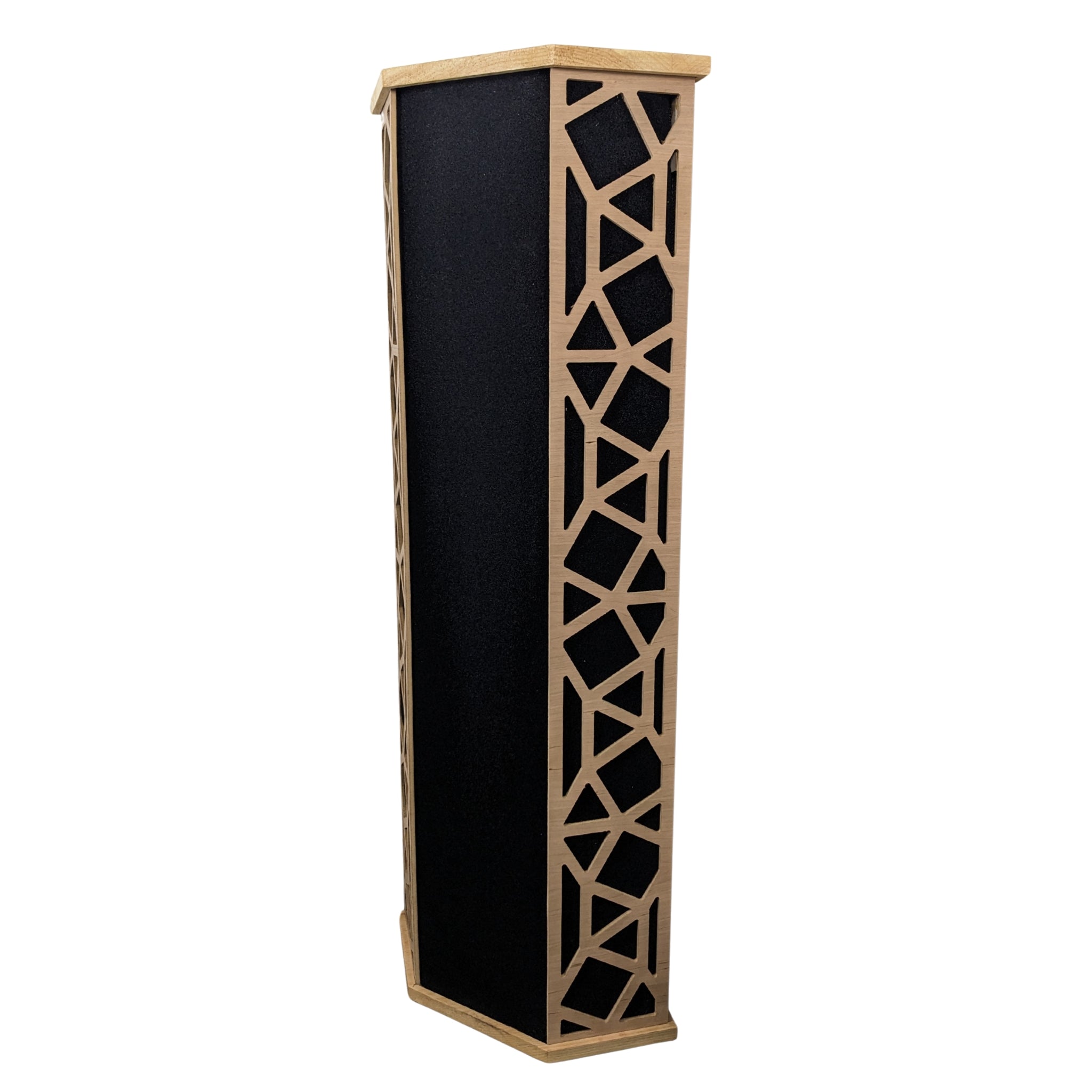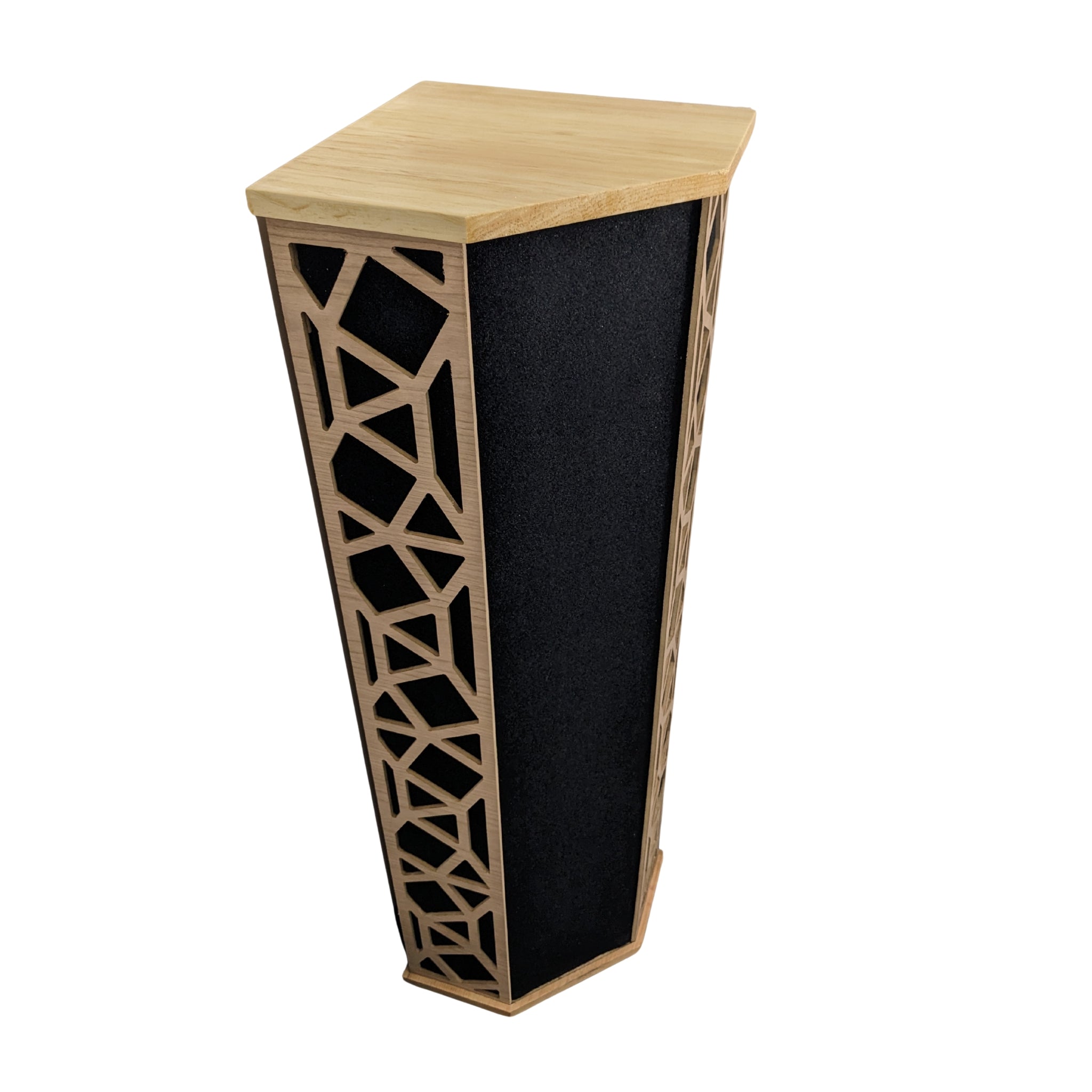


OS1 Bass Trap
The OS1 Bass Trap combines deep bass absorption with internal baffling for midrange diffusion from 1200 Hz, using premium wood, felt, and insulation.
Pairs well with

OS1 Bass Trap
If you have any questions, you are always welcome to contact us. We'll get back to you as soon as possible, within 24 hours on weekdays.
-
Shipping Information
Use this text to answer questions in as much detail as possible for your customers.
-
Customer Support
Use this text to answer questions in as much detail as possible for your customers.
-
FAQ’s
Use this text to answer questions in as much detail as possible for your customers.
-
Contact Us
Use this text to answer questions in as much detail as possible for your customers.
The OS1 Bass Trap achieves the same powerful low-frequency absorption as our JS1 Bass Traps, while introducing enhanced midrange diffusion beginning at 1200 Hz. Thanks to its internal baffling system, the OS1 not only reduces muddiness in the bass range but also breaks up midrange reflections, maintaining a natural, lively character in your room.
Crafted with a blend of durable and natural materials, the OS1 combines performance with refined aesthetics. The back and face plates are MDF with a Cherry veneer, while the top and bottom plates are made from locally sourced Pine. Inside, fiberglass insulation and a thick felt layer maximize absorption, ensuring both deep bass control and smooth midrange behavior.
Performance:
- Deep bass absorption comparable to our JS1 Bass Trap
- Midrange diffusion starting at 1200 Hz via internal baffling
- Targets sub-800 Hz muddiness for tighter, fuller low end
- Reduces decay times across the spectrum while preserving energy in the mids
- Enhances clarity and balances other room treatments without over-damping
Key Features:
- Materials: MDF with Cherry veneer (back and face plates), Pine (top and bottom), fiberglass insulation, thick felt
- Internal baffling for advanced diffusion of midrange frequencies
- Dual-function design: bass absorption + midrange diffusion
- Optimized for studios, hi-fi listening rooms, and home theaters
